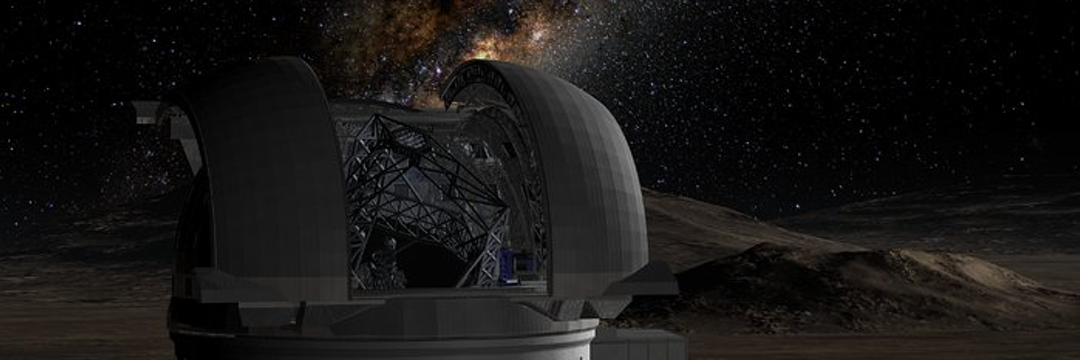
Located in the constellation Crater (The Cup), this galaxy is being studied for its active regions where new stars are born
This image shows the galaxy NGC 3511, as captured by NASA and the European Space Agency’s Hubble Space Telescope.
It is located about 43 million light-years from Earth in the constellation Crater.
Viewed from a 70-degree angle, the galaxy appears tilted, displaying both its swirling spiral arms and a thinner, disk-like profile.
Astronomers are studying NGC 3511 to understand how stars form in nearby galaxies.
Hubble is imaging 55 galaxies with five different filters, each capturing a specific color or wavelength of light.
One of these filters highlights a special red light emitted by huge clouds of hydrogen gas, which glow because of the intense ultraviolet radiation from newborn stars.
In the image, these red clouds can be seen scattered throughout the galaxy, often surrounding bright clusters of young, blue stars.
These stars are only a few million years old and are much brighter than our Sun.
The information collected by Hubble helps scientists map where these stars are and better understand how they are born and evolve.
Published in 05/22/2025 17h47
Text adapted by AI (Grok) and translated via Google API in the English version. Images from public image libraries or credits in the caption. Information about DOI, author and institution can be found in the body of the article.
Reference article:
| Geoprocessing Drone Systems HPC |

| ERP and CRM Systems Mobile Systems AI |


